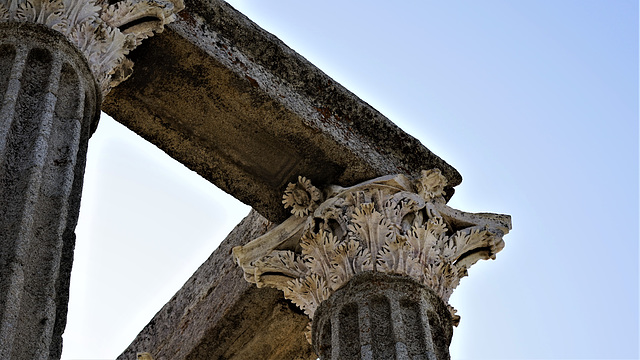Modena - Duomo
Ferrara - Cattedrale di San Giorgio
San Leo - Duomo
Ancona - Santa Maria della Piazza
Notaresco - San Clemente al Vomano
Castel Castagna - Santa Maria di Ronzano
... unter Dampf
Die Basilika "St. Gereon" im Kerzenschein, am Aben…
Florence - Battistero di San Giovanni
Strasbourg - Saint-Thomas
Bernburg - St. Stephani
Quedlinburg - St. Wiperti
Vitoria-Gasteiz - Basílica de San Prudencio
Vitoria-Gasteiz - Basílica de San Prudencio
Vitoria-Gasteiz - Basílica de San Prudencio
Frómista - San Martín
León - Basílica de San Isidoro
León - Basílica de San Isidoro
Zamora - San Cipriano
San Michele Arcangelo
Cattedrale San Ciriaco
Cattedrale San Ciriaco
Florence 2023 – Battistero
Krypta der St. Mauritius Kirche Hildesheim
Inowrocław - Kościół Imienia Najświętszej Maryi Pa…
Wysocice - Kościół św. Mikołaja
Wysocice - Kościół św. Mikołaja
Marvão
Verona 2021 – Duomo – Capital
Verona 2021 – Duomo – Stern gentlemen
Verona 2021 – Duomo
Colmar 2019 – Museum Unterlinden – Triton
Colmar 2019 – Museum Unterlinden – The Righteous i…
Abbaye de Lérins
Schwarzrheindorf - St. Maria und Clemens
Schwarzrheindorf - St. Maria und Clemens
Cister - Alcobaça
Santuario di S. Maria in Val d'Abisso (3 x PiP)
Basilique Saint-Seurin
Abbaye Notre-Dame de Fontevraud
Abbaye Notre-Dame de Fontevraud
Abbaye Notre-Dame de Fontevraud
Chiesa di Santa Croce, Assisi
Bosco di San Francesco (PiP)
Soest - Patrokli Cathedral
See also...
See more...Keywords
Authorizations, license
-
Visible by: Everyone -
All rights reserved
-
209 visits
Évora II


Templo Romano de Évora
The Temple of Évora began to be built in the 1st century AD, at a time when the Iberian Peninsula was under the rule of Roman civilization. It was built as part of an urban renewal program for the city, then called Liberalitas Iulia Ebora, having been dedicated to the Emperor Augustus, whose power was at that time in a phase of affirmation. However, the works dragged on for the next two centuries, due to changes in the surrounding urban structure, since the imperial cult led to the construction of a citadel. According to tradition, the temple was founded by order of General Quinto Sertorius, when he took the city of Ebora from the people of Ebor, around 70 BC.The temple would have been one of the grandiose structures built by Sertorius as part of a city development program, which would also have included walls and towers, a palace, an aqueduct and a triumphal arch.
The Temple of Évora began to be built in the 1st century AD, at a time when the Iberian Peninsula was under the rule of Roman civilization. It was built as part of an urban renewal program for the city, then called Liberalitas Iulia Ebora, having been dedicated to the Emperor Augustus, whose power was at that time in a phase of affirmation. However, the works dragged on for the next two centuries, due to changes in the surrounding urban structure, since the imperial cult led to the construction of a citadel. According to tradition, the temple was founded by order of General Quinto Sertorius, when he took the city of Ebora from the people of Ebor, around 70 BC.The temple would have been one of the grandiose structures built by Sertorius as part of a city development program, which would also have included walls and towers, a palace, an aqueduct and a triumphal arch.
Nouchetdu38, ColRam, ROL/Photo, Gudrun and 16 other people have particularly liked this photo
- Keyboard shortcuts:
Jump to top
RSS feed- Latest comments - Subscribe to the comment feeds of this photo
- ipernity © 2007-2025
- Help & Contact
|
Club news
|
About ipernity
|
History |
ipernity Club & Prices |
Guide of good conduct
Donate | Group guidelines | Privacy policy | Terms of use | Statutes | In memoria -
Facebook
Twitter

Bonne journée. Amitiés
J. Gafarot club has replied to Madeleine Defawes clubBonne journée.
Admired in: www.ipernity.com/group/tolerance
hi Josè
happy to be back to Ipernity!
Wünsche noch einen schönen Nachmittag,ganz liebe Grüße Güni :))
Sign-in to write a comment.